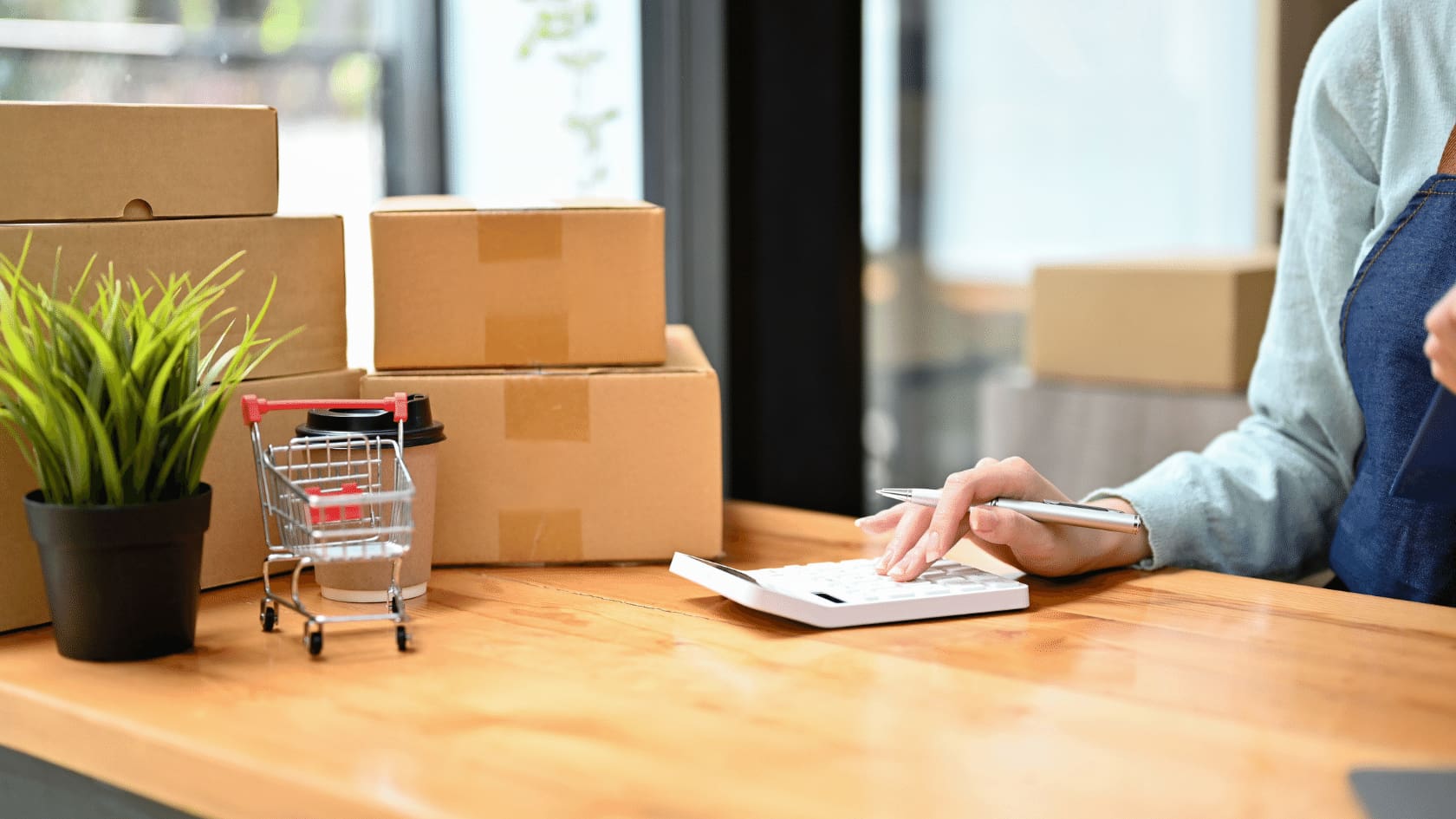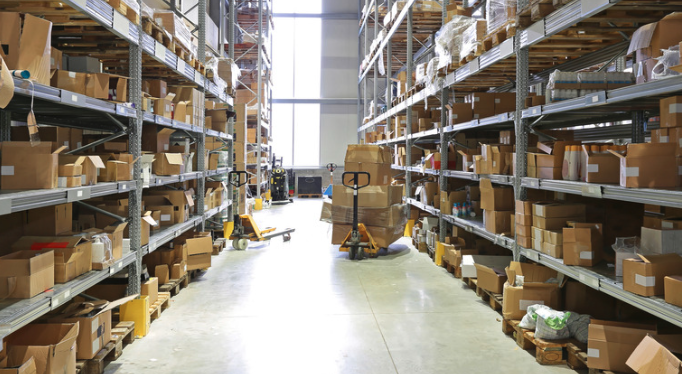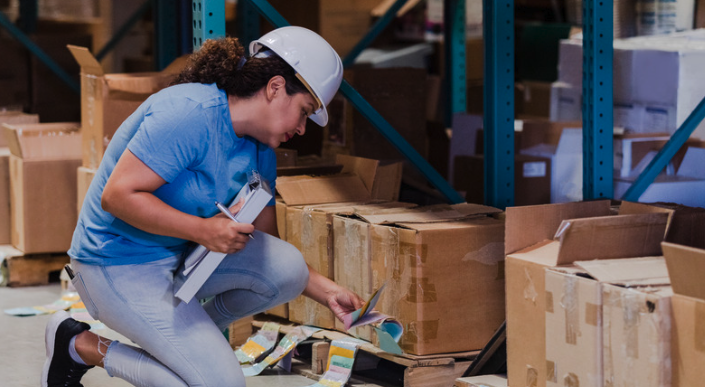If you're interested in selling products online, Amazon FBA is a popular option that many sellers choose. However, before you start selling on Amazon FBA, it's important to understand the costs associated with this service. This article will provide you with an overview of the fees you can expect to pay when selling on Amazon FBA.
Amazon FBA is a fulfillment service that allows sellers to store their products in Amazon's warehouses. When a customer places an order, Amazon picks, packs, and ships the product on the seller's behalf. While this can save sellers time and effort, there are fees associated with using this service. These fees can include storage fees, fulfillment fees, and referral fees, among others. Understanding these fees is important to ensure that you're making a profit on your sales.
Understanding Amazon FBA
If you're looking to sell on Amazon, you've probably heard of Fulfillment by Amazon (FBA). In this section, we'll explain what FBA is, the benefits of using it, and what you need to know as an FBA seller.
What Is Amazon FBA?
Fulfillment by Amazon (FBA) is a service provided by Amazon that allows sellers to store their products in Amazon's fulfillment centers. Amazon takes care of the shipping, handling, and customer service for these products. This means that as an FBA seller, you don't need to worry about packing and shipping your products to customers. Amazon takes care of everything for you.
Benefits of Using Amazon FBA
Using FBA has several benefits for sellers. Firstly, it makes the fulfillment process much easier. You don't need to worry about storing, packing, and shipping your products. Amazon takes care of all of that for you. This means that you can focus on other aspects of your business, such as sourcing new products or marketing your existing products.
Secondly, using FBA can improve your customer service. Amazon has a reputation for fast and reliable shipping, and using FBA means that your products will be eligible for Amazon Prime. This means that Prime members can get free two-day shipping on your products. This can be a major selling point for customers, and can help you win the Buy Box.
Finally, using FBA can improve your ease of doing business. Amazon takes care of the customer service for your products, so you don't need to worry about handling returns or dealing with customer inquiries. This can save you a lot of time and effort, and can make selling on Amazon much more manageable.
FBA Seller Essentials
If you're considering using FBA, there are a few things you need to know. Firstly, you'll need to create an Amazon seller account if you don't already have one. You'll also need to create product listings for your products, and send your products to Amazon's fulfillment centers.
You'll also need to pay fees for using FBA. These fees include storage fees, fulfillment fees, and referral fees. The exact fees you'll pay depend on the size and weight of your products, as well as other factors such as the category your products are in.
Initial Fees to Start Selling on Amazon FBA
If you're considering selling on Amazon FBA, it's important to understand the initial fees involved in getting started. These fees can vary depending on the type of product you're selling, the size and weight of your items, and other factors. In this section, we'll break down the different types of fees you can expect to pay when starting to sell on Amazon FBA.
1. Referral Fees
When you sell a product on Amazon, you'll need to pay a referral fee. This fee is a percentage of the sale price and varies depending on the category of the product you're selling. For example, if you're selling a book, the referral fee is 15% of the sale price, while if you're selling a video game console, the referral fee is 8% of the sale price. You can use Amazon's fee calculator to estimate the referral fee for your product.
2. Fulfillment Fees
Another fee you'll need to pay when selling on Amazon FBA is the fulfillment fee. This fee covers the cost of picking, packing, and shipping your products to customers. The fulfillment fee also varies depending on the size and weight of your products. For example, if you're selling a small item that weighs less than 1 pound, the fulfillment fee is $2.50 per item, while if you're selling a large item that weighs more than 3 pounds, the fulfillment fee is $8.26 per item.
3. Inventory Storage Fees
When you send your products to Amazon's warehouses, you'll need to pay inventory storage fees. These fees vary depending on the time of year and the amount of space your products take up in Amazon's warehouses. You can use Amazon's FBA storage fee calculator to estimate the inventory storage fees for your products.
4. Long-Term Storage Fees
If your products have been in Amazon's warehouses for more than 365 days, you'll need to pay long-term storage fees. These fees are charged twice a year and are based on the amount of space your products take up in Amazon's warehouses.
5. Additional FBA Service Fees
In addition to the fees mentioned above, there may be additional FBA service fees depending on the services you use. For example, if you want to use Amazon's multi-channel fulfillment service, there are additional fees for this service. It's important to carefully review all of the fees involved in selling on Amazon FBA to ensure that you're aware of all of the costs involved.
Calculating Your Total Cost of Selling on Amazon FBA
Selling on Amazon FBA can be a profitable venture, but it's important to understand the costs involved in order to accurately estimate your potential profits. Here are two tools you can use to calculate your total cost of selling on Amazon FBA.
Amazon Revenue Calculator
The Amazon Revenue Calculator is a free tool available to all Amazon sellers. It allows you to calculate the potential revenue and fees for a specific product you plan to sell on Amazon. To use the tool, you simply enter the product's ASIN, UPC, or ISBN, along with the price you plan to sell it for, and the tool will provide an estimate of your revenue and fees.
The Amazon Revenue Calculator takes into account several factors, including the product's category, size, and weight, as well as the fulfillment method you choose (FBA or FBM). Keep in mind that the estimates provided by the tool are just that - estimates. Actual fees may vary based on a variety of factors, so it's important to use the tool as a starting point and be prepared for some variance in your actual costs.
Amazon FBA Fees Calculator
The Amazon FBA Fees Calculator is another free tool available to Amazon sellers. This tool allows you to calculate the fees associated with using Amazon's FBA service to fulfill your orders. To use the tool, you simply enter the product's category, size, and weight, and the tool will provide an estimate of your FBA fees.
The Amazon FBA Fees Calculator takes into account several factors, including the product's size and weight, as well as the fulfillment method you choose (standard or oversize). Keep in mind that the estimates provided by the tool are just that - estimates. Actual fees may vary based on a variety of factors, so it's important to use the tool as a starting point and be prepared for some variance in your actual costs.
Calculating Your Total Potential Expenses
To calculate your total potential expenses when using Amazon FBA, you can use the following formula:
Total Potential Expenses = Cost of Goods + Amazon Referral Fee + Amazon FBA Fees + Shipping Costs
The Cost of Goods is the amount you pay to purchase the product you plan to sell. The Amazon Referral Fee is a percentage of the sale price that Amazon charges for each item sold. The Amazon FBA Fees are the fees associated with using Amazon's FBA service to fulfill your orders. Shipping Costs include the cost of shipping your products to Amazon's fulfillment centers.
By using the Amazon Revenue Calculator and Amazon FBA Fees Calculator, you can estimate the Amazon Referral Fee and Amazon FBA Fees for a specific product. You can then add these fees to your Cost of Goods and Shipping Costs to calculate your total potential expenses.
- How to Easily Calculate Amazon FBA Fees in 2024
- What Is A Good ACOS For Amazon PPC: 9 Crucial Factors For Sellers
Monthly and Recurring Expenses for Amazon FBA Sellers
As an Amazon FBA seller, you need to be aware of the ongoing monthly expenses that come with the program. Here are some of the recurring expenses you can expect to encounter:
1. Amazon Storage Fees
Amazon's storage fees are one of the most significant monthly expenses you will encounter as an FBA seller. These fees vary based on the season and the size/dimensions of your products. Amazon charges different rates for standard-size and oversized products.
It's essential to keep an eye on your inventory levels and make sure you're not storing products that aren't selling. If you have products that aren't moving, you may want to consider removing them from Amazon's fulfillment centers to avoid paying unnecessary storage fees.
2. Amazon Referral Fees
Amazon referral fees are another expense that FBA sellers need to be aware of. These fees are a percentage of the total sale price of your product and vary depending on the category in which your product falls.
For example, if you sell a product in the electronics category, you can expect to pay a referral fee of 8% of the total sale price. On the other hand, if you sell a product in the jewelry category, you can expect to pay a referral fee of 20% of the total sale price.
3. Shipping Fees
Amazon charges shipping fees for FBA sellers, and these fees are based on the weight and dimensions of your products. If you sell larger or heavier items, you can expect to pay higher shipping fees.
It's important to factor in these fees when pricing your products to ensure that you're still making a profit after paying for shipping.
4. Amazon Subscription Fees
If you're a professional seller on Amazon, you'll need to pay a monthly subscription fee of $39.99. This fee gives you access to a range of benefits, including the ability to list your products in more categories and access to Amazon's advertising tools.
5. Other Expenses
In addition to the expenses listed above, there may be other fees and expenses that you encounter as an FBA seller. For example, you may need to pay for packaging materials or professional photography for your products.
Comparing FBA to Other Selling Options
FBA vs. FBM (Fulfillment by Merchant)
When selling on Amazon, you have the option to choose between Fulfillment by Amazon (FBA) and Fulfillment by Merchant (FBM). With FBA, Amazon takes care of the shipping, handling, and customer service for your products. On the other hand, with FBM, you are responsible for these tasks.
While FBM may seem like the more cost-effective option, it requires a lot more work and time. You will need to handle the shipping and handling of each product, which can be a hassle if you have a lot of orders. Additionally, you will need to handle customer service inquiries, which can be time-consuming and stressful.
FBA, on the other hand, takes care of all of these tasks for you. This allows you to focus on other aspects of your business, such as marketing and product development. Additionally, FBA provides you with access to Amazon's Prime shipping program, which can help increase your sales.
Professional Sellers vs. Individual Plan
When selling on Amazon, you have the option to choose between a Professional Amazon Seller plan and an Individual plan. The Professional plan costs $39.99 per month, while the Individual plan is free.
The main difference between the two plans is the number of products you can sell. With the Individual plan, you can only sell up to 40 products per month. If you plan on selling more than 40 products per month, the Professional plan is the better option.
Additionally, the Professional plan provides you with access to Amazon's advertising tools, which can help increase your sales. This plan also allows you to use the FBA program, which can help streamline your business operations.
Fulfillment Fees Explained
When you sell products on Amazon using FBA, you will be charged a fulfillment fee. This fee covers the cost of picking, packing, and shipping your products, as well as handling customer service and returns. The fulfillment fee varies depending on the size and weight of your product, as well as the type of product you are selling.
Here is a breakdown of the fulfillment fees per item that Amazon charges:
-
Standard size: The fulfillment fee for a standard-size item ranges from $3.22 to $4.37+, depending on the weight and type of product. This fee includes picking, packing, and shipping your product, as well as handling customer service and returns.
-
Oversize: If you are selling an oversize item, the fulfillment fee ranges from $9.73 to $179.28+, depending on the size classification and type of product. This fee includes picking, packing, and shipping your product, as well as handling customer service and returns.
-
Aged inventory surcharge: If your inventory has been stored in an Amazon fulfillment center for more than 365 days, you will be charged an aged inventory surcharge of $0.50-$6.90+ per cubic foot, depending on the number of days stored.
It is important to keep these fees in mind when setting your prices and determining your profit margins. However, it is also important to remember that using FBA can save you time and effort in fulfilling orders, as well as provide access to Amazon's customer base and Prime shipping benefits.
Tips to Reduce Costs and Increase Profitability on Amazon FBA
Selling on Amazon FBA can be a profitable venture, but it is important to keep costs in check to maximize profits. Here are some tips to reduce costs and increase profitability on Amazon FBA:
-
Optimize Inventory Turnover: Keeping excess inventory can lead to long-term storage fees and tie up capital that could be used elsewhere. On the other hand, stockouts can lead to lost sales and decreased profitability. To avoid both of these scenarios, it is important to optimize inventory turnover. This can be achieved by using sales data to forecast demand and adjusting inventory levels accordingly.
-
Avoid Long-Term Storage Fees: Amazon charges long-term storage fees for items that have been in their warehouses for more than 365 days. To avoid these fees, it is important to regularly review inventory levels and remove any items that are not selling well.
-
Select Cost-Effective Shipping Options to Amazon: Amazon offers discounted shipping rates through its Partnered Carrier Program. Taking advantage of this program can help reduce overall fulfillment costs. Additionally, using lightweight and compact packaging can help reduce shipping costs.
-
Minimize Referral Fees: Amazon charges a referral fee for every item sold on their platform. The referral fee is a percentage of the item's sale price and can vary depending on the category of the product. To minimize referral fees, it is important to choose products with lower referral fees or negotiate with suppliers to lower prices.
-
Utilize Amazon's Advertising Tools: Amazon offers various advertising tools to help increase product visibility and sales. By utilizing these tools, sellers can increase sales and profitability while minimizing costs.
Frequently Asked Questions
How much does it cost to start an Amazon FBA?
Starting an Amazon FBA business can cost anywhere from a few hundred to several thousand dollars. The cost will depend on the product you choose to sell, the quantity you want to sell, and the amount of inventory you need to purchase. You will also need to consider the cost of shipping, packaging, and labeling your products.
Is selling on Amazon FBA free?
No, selling on Amazon FBA is not free. Amazon charges various fees for using their FBA service, including referral fees, fulfillment fees, and storage fees. However, the costs associated with selling on Amazon FBA can be offset by the increased exposure and sales potential that comes with using Amazon's platform.
How much does Amazon FBA take from you?
Amazon FBA takes a percentage of your sales as a referral fee and charges a fulfillment fee for each item sold. The referral fee varies depending on the category of the product you are selling, but it typically ranges from 6% to 45% of the item price. The fulfillment fee is based on the size and weight of the item, as well as the shipping distance. It typically ranges from $2.50 to $137.32 per item.
Is Amazon FBA expensive?
The cost of using Amazon FBA can be higher than fulfilling orders yourself, but it can also be more cost-effective in many cases. The cost of using Amazon FBA depends on several factors, including the size and weight of your products, the number of items you sell, and the amount of storage space you need. It's important to consider the fees associated with Amazon FBA when deciding whether or not to use the service.
Is Amazon FBA cheaper?
In some cases, using Amazon FBA can be cheaper than fulfilling orders yourself. This is especially true if you are selling a large number of items or if your products are bulky or heavy. Amazon FBA can also be more cost-effective if you don't have the resources to fulfill orders yourself, such as warehouse space or shipping supplies. However, it's important to consider the fees associated with Amazon FBA when deciding whether or not to use the service.



 Scale Insights Team
Scale Insights Team



